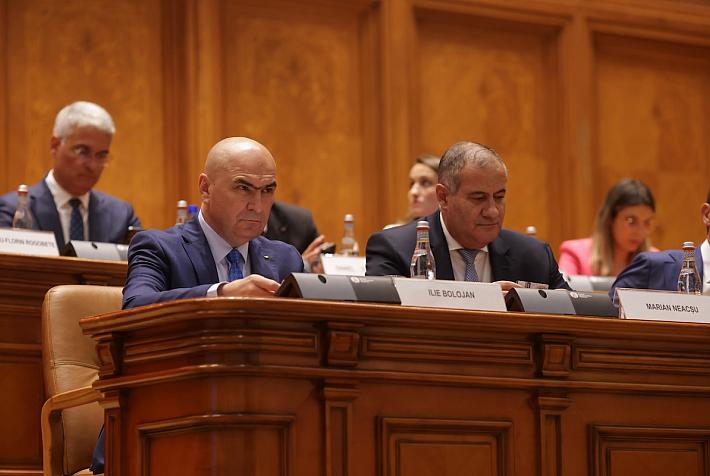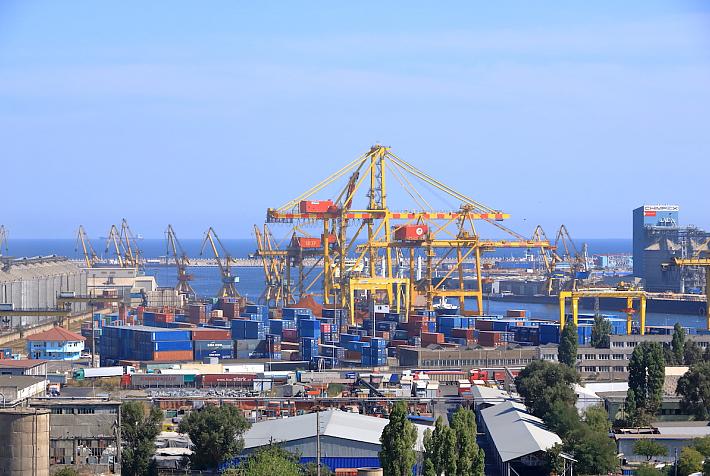Council of Europe’s anti-torture Committee urges Romania to combat ill-treatment in prisons

Some prisons in Romania have a lot to improve in the way they treat prisoners, as physical abuse remains an issue, a Council of Europe report found.
The Council of Europe’s anti-torture Committee (CPT) has expressed its concern about numerous credible allegations of ill-treatment and abuse within the Romanian prison system. The Committee also praised Romania for the significant progress made in reducing such practice in police stations. The CPT visited Romania in the summer of 2014 and has issued a report in lights of its findings.
The report found that the most serious allegations came from inmates held in high-security conditions in the Arad and Oradea prisons. The abuses reported included varying types of physical abuse such as punches (sometimes with reinforced gloves), kicks, and truncheon blows. The CPT also consulted medical records that were consistent with these allegations.
It is believed that most of these highly disproportionate reactions occur when inmates are punished for being involved in violent incidents.
Another prison that performed poorly in the report was Târgşor women’s prison as prison staff allegedly warned inmates not to speak to the CPT delegation. It was noted that inmates were reluctant to communicate in the three prisons mentioned out of fear of violent reprisals.
The report urges Romanian authorities to prevent and combat any kind of ill-treatment occurring within its prison system. As a result, staff must be aware that they will face criminal prosecution for any occurrence of ill-treatment and that nothing more than proportional force will be tolerated. The Romanian authorities responded by stressing that they maintained a zero tolerance policy towards police ill-treatment.
Several other issues raised by the report included prison overcrowding and a lack of guards. Both of these problems contribute to an increasing amount of violence within Romanian prisons. Medical staff, though satisfactory in the Bucharest-Rahova penitentiary hospital, were lacking in Arad and Târgşor.
On a lighter note, treatment in police stations in Romania has greatly improved with the majority of individuals now being treated correctly. However, living conditions for the inmates remain mediocre.
The CPT organises visits to places of detention in the 47 Council of Europe member states in order to assess how persons deprived of their liberty are treated.
New prison project in Romania lets convicts support themselves, build their own homes
How many people are incarcerated in Romania’s prisons and why are they in there?
Romania wants to modernize prisons with European money
By Dale Harris, editorial intern












